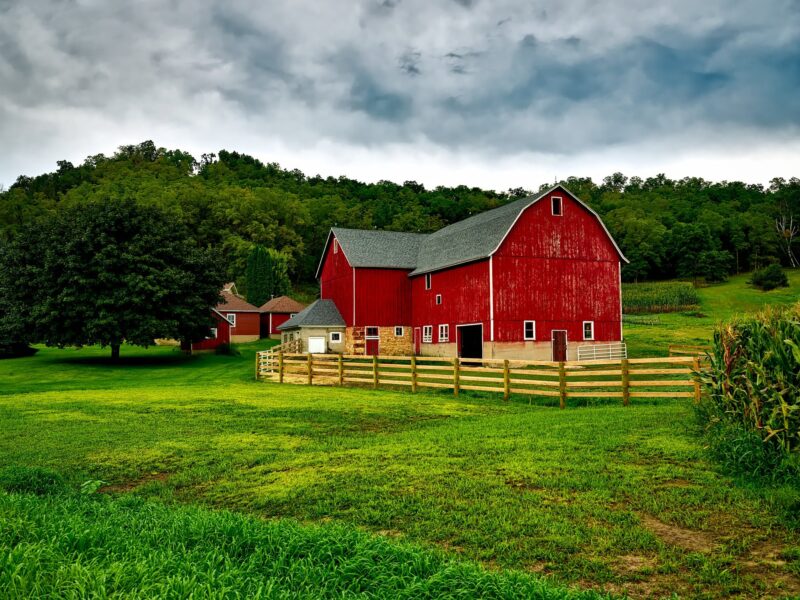Lead Pipes
Do You Have Lead Pipes in Your Home? Water mains in the UK are not…
Read more24 hr Emergency Callout

Blog
Cesspits are commonly found in rural properties that cannot connect to a mains sewer system. Cesspits do the messy work for homeowners, collecting and storing the wastewater and sewage before it is taken away to be treated.
Cesspits do not treat the sewage that comes from your property, they simply store it until and over time the cesspit fills up until eventually, it needs to be emptied. Depending on the number of people in your home, your cesspit may need emptying more often. The way cesspits work is simple, the sewage from your property is transported to the cesspit in your garden where it is stored until it can be removed.
Unlike a cesspit, septic tanks have an outlet for a liquid part of the sewage to drain away to a soakaway. Due to this extra outlet, a septic tank only needs emptying once a year as all that is left in the tank once the liquids have drained away is the sludge.
In contrast, cesspits do not have this extra outlet and as a result, all the sewage that goes into the cesspit has to be removed and transported to a proper treatment facility.
Here at Coastal Drains, we know that having a cesspit on your property can be an eye-sore, that’s why our cesspits tend to be buried underground. Not only does this keep your garden looking lovely, but it does not take up any unnecessary room on your property.
How do cesspits work underground? Well, all the waste pipes from your property are under the ground anyway so they simply feed through to the cesspit. And, despite being buried underground, your cesspit will be accessible from a manhole so that qualified professionals can come and empty the sewage from it safely. If you have a cesspit installed, it will normally be located within the property boundary so that it’s out of the way of your home and can easily be emptied by professionals when required.
Having a blocked cesspit is never a good thing and significantly affects the functionality. If you have a blocked cesspit, you should call a drainage professional right away. In order to prevent blockages from happening and ensure the functionality and health of your cesspit, we would suggest avoiding flushing the following into your cesspit:
You can avoid these things from going into your cesspit by not flushing them into the pipes as instead of decomposing, these materials will only fill up your cesspit and cause blockages. Therefore, it is best to keep a separate rubbish bin in your property where you can throw such materials away and avoid the problem of a blocked cesspit altogether.
How do cesspits work? Well, one of the best ways to ensure your cesspit is working properly is to ensure it is properly taken care of and correctly maintained. Cesspit maintenance must always be carried out by a qualified professional. It is against the law for anyone else to maintain or empty a cesspit.
To maintain a cesspit, a professional will carry out the following:
If you discover your cesspit is leaking, it is important you let a drainage professional know as soon as possible so that they can fix the problem for you. Leaks must be sealed as soon as they are first noticed so that your cesspit can return to its full functionality. Common signs of a leaking cesspit include:
A leaking cesspit is not only a hygiene risk to you but it can also pollute local waterways and the environment.
Cesspits were first introduced to Europe in the 16th century when the population was growing faster than it had ever done before. This added burden of high population numbers meant the waste volume began overloading the street gutters and a better solution needed to be found.
It was during the 18th century that sanitation and safety concerns had to be addressed and this is when cesspit management came into place. Cesspits were cleaned out by tradesmen who would shovel out the waste for it to be taken away by horse-drawn wagons.
Before the 19th century when the construction of cesspits was improved, liquid waste from the sewage would seep through the cesspit and into the ground. While this made it easier to remove the solid waste, the liquid would travel to open water sources, causing significant pollution and health problems.
At this point, cesspits began being made of stone and concrete to keep the liquid in. Although this forced the cesspits to be cleaned more frequently, it significantly reduced the problem of environmental pollution. And over the years, cesspits have only improved.
If you would like more information, you can find it in our article listing everything you need to know about cesspits. We hope this article has been useful in answering the question, how do cesspits work and helped you discover more about these structures and how they can benefit your property.